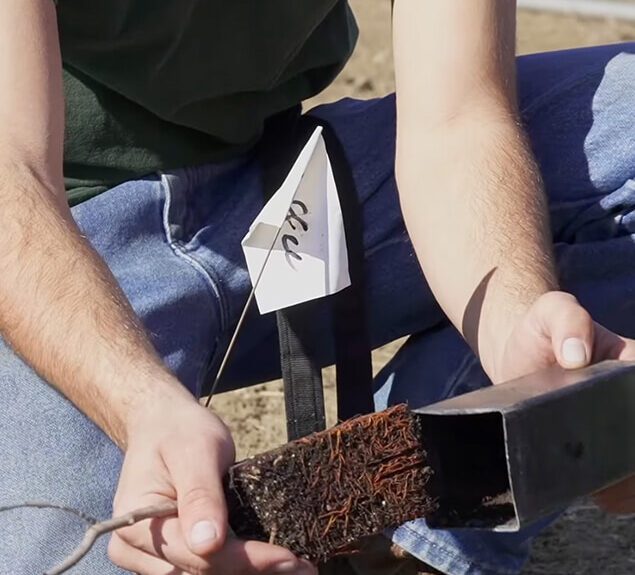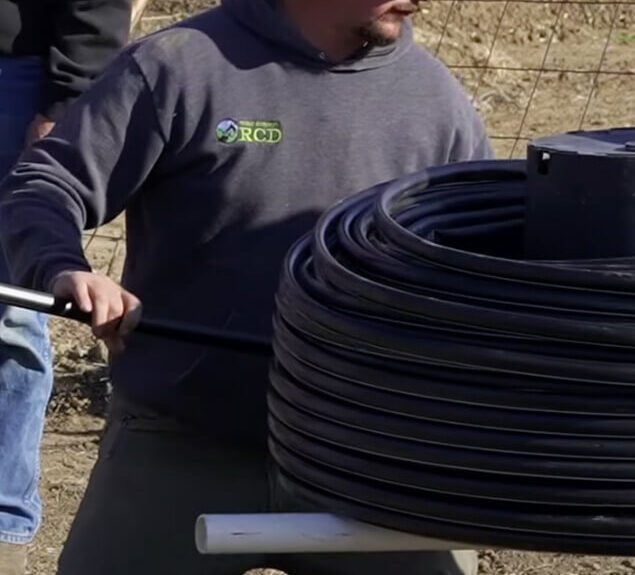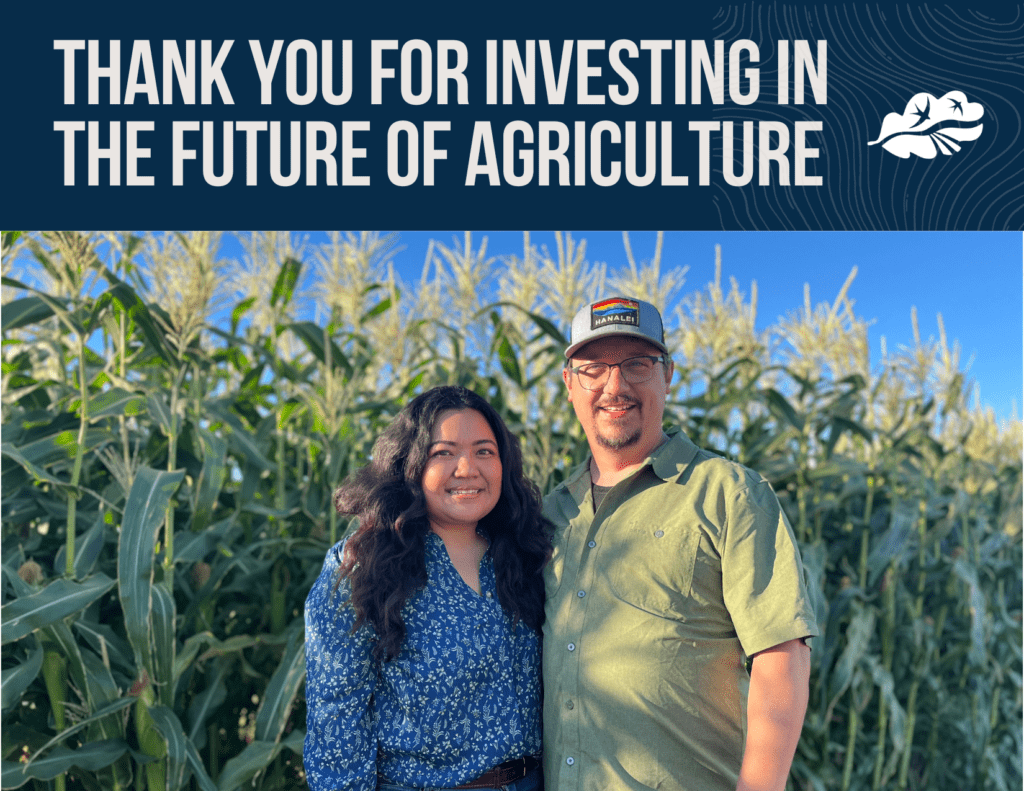The term carbon farming refers to proven and measurable practices that increase the rate at which greenhouse gasses (GHG) are removed from the atmosphere and sequestered over the long term in soil and plant material. In 2022, CLBL launched the Yolo Carbon Farming Partnership together with the Yolo County Climate Action Commission, the Yolo County Resource Conservation District, the Carbon Cycle Institute, and Yolo Land Trust.
Our joint aim is to substantially increase the pace and scale of carbon farm planning on farmlands and associated natural habitats in Yolo County. Since relocating our headquarters to The Maples Farm in 2020, CLBL has implemented several carbon-beneficial practices, including native plant hedgerows, a pollinator bioswale, compost application, and cover-cropping.
Our Carbon Farm Plan (CFP) for The Maples Farm is available to other growers interested in implementing climate-friendly practices on their own properties. The Maples Carbon Farm Plan is an aspirational, living document that evaluates all of the possible ways to draw down carbon dioxide and other greenhouse gasses in plants and soil. Many of the practices that are beneficial to the climate also increase the water holding capacity of the soil and improve on-farm productivity. Cover cropping, compost application, hedgerows, and riparian restoration are just some of the practices we consider and quantify in our plan.

COMET Planner
Using a tool called COMET Planner online, we were able to predict how these practices will draw down CO2 and other greenhouse gasses from the atmosphere. According to our CFP, the total potential greenhouse gasses sequestered at The Maples Farm is estimated to be 298 metric tons (MT) of CO2e in the first year and 4727 MT CO2e over 20 years (CO2e is a measurement of the total greenhouse gasses emitted, expressed in terms of the equivalent global warming potential of carbon dioxide). According to the U.S. EPA Greenhouse Gas Equivalencies Calculator, this is equivalent to: 1052 gasoline powered vehicles driven for one year or 596 homes’ energy use for one year.

The Maples Farm is a small farm with just 30 acres of workable farmland. Imagine the carbon sequestration potential of larger farms, indeed, of all the farmland in California! According to a new report from The Climate Center, Setting an Ambitious Sequestration Goal for California’s Working Lands: Analysis and Recommendations for Net-Negative Emissions by 2030, California’s working and urban lands can sequester up to 100 million metric tons (MMT) of carbon dioxide equivalent (CO2e) per year. That’s far more than previously estimated and equivalent to about one-quarter of the state’s annual greenhouse gas emissions.
The State of California has set a goal of becoming carbon neutral by 2045 and Yolo County’s goal is carbon neutrality by 2030. That’s just 6 years from today. To learn more about how you can be part of the solution, download a copy of our Maples Farm Carbon Farm Plan from our website.
For more information, please contact Delaney Sondag, CLBL Farm & Climate Manager at delaney@landbasedlearning.org.
